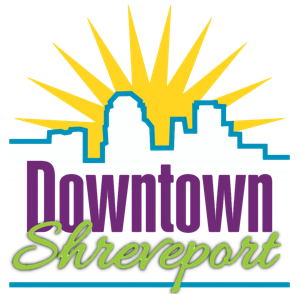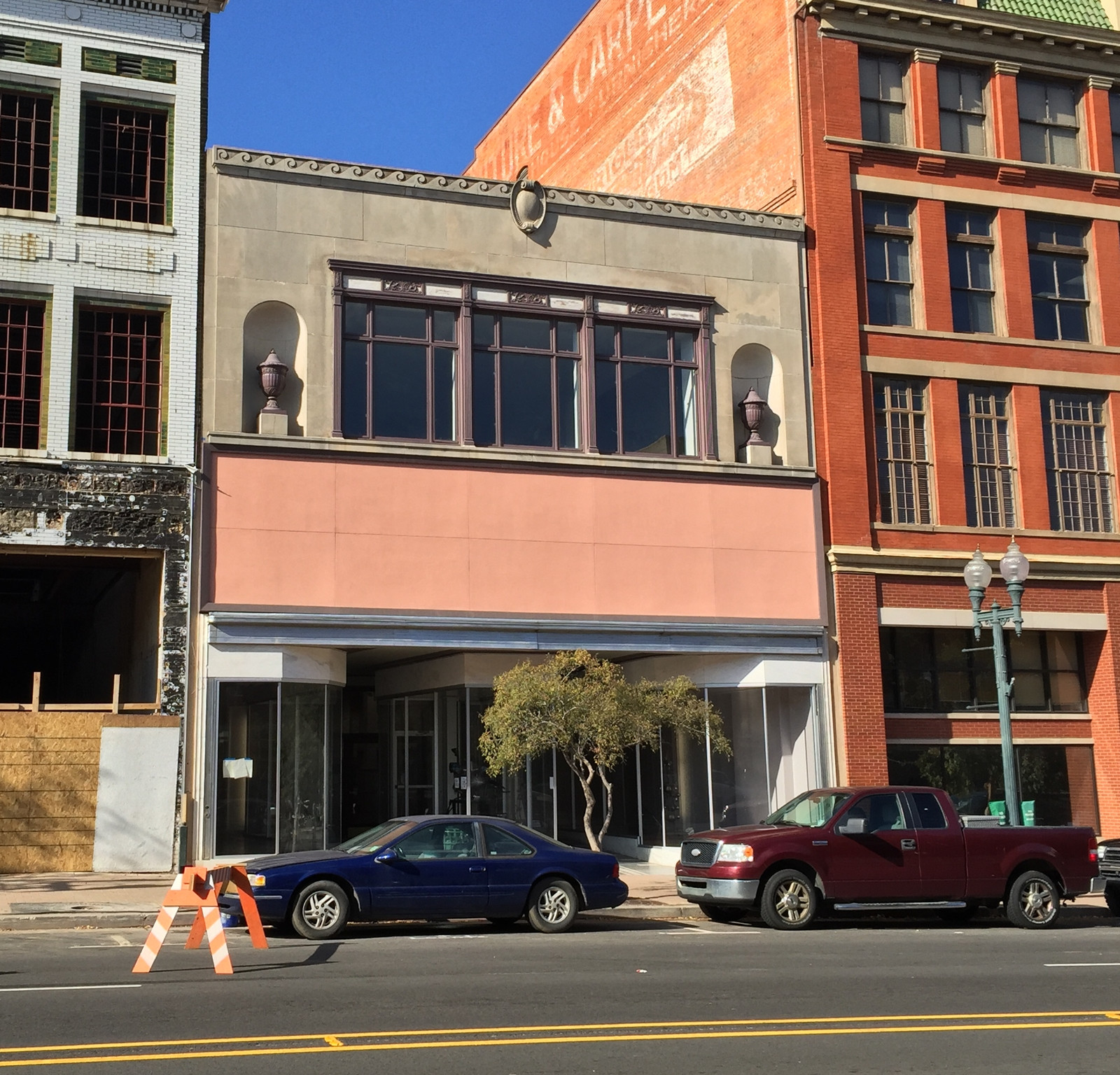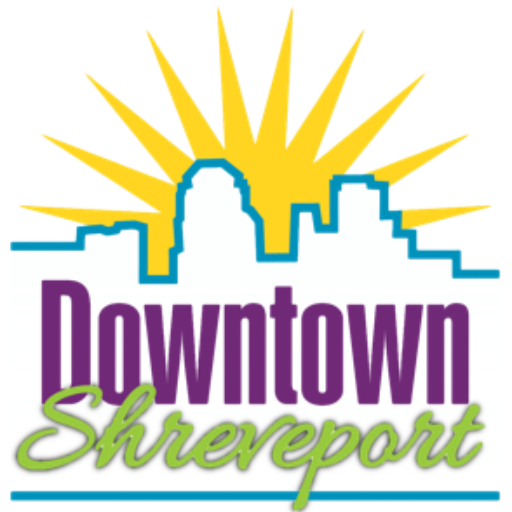Downtown is full of remarkable spaces, and 616 Texas definitely counts as one of them.
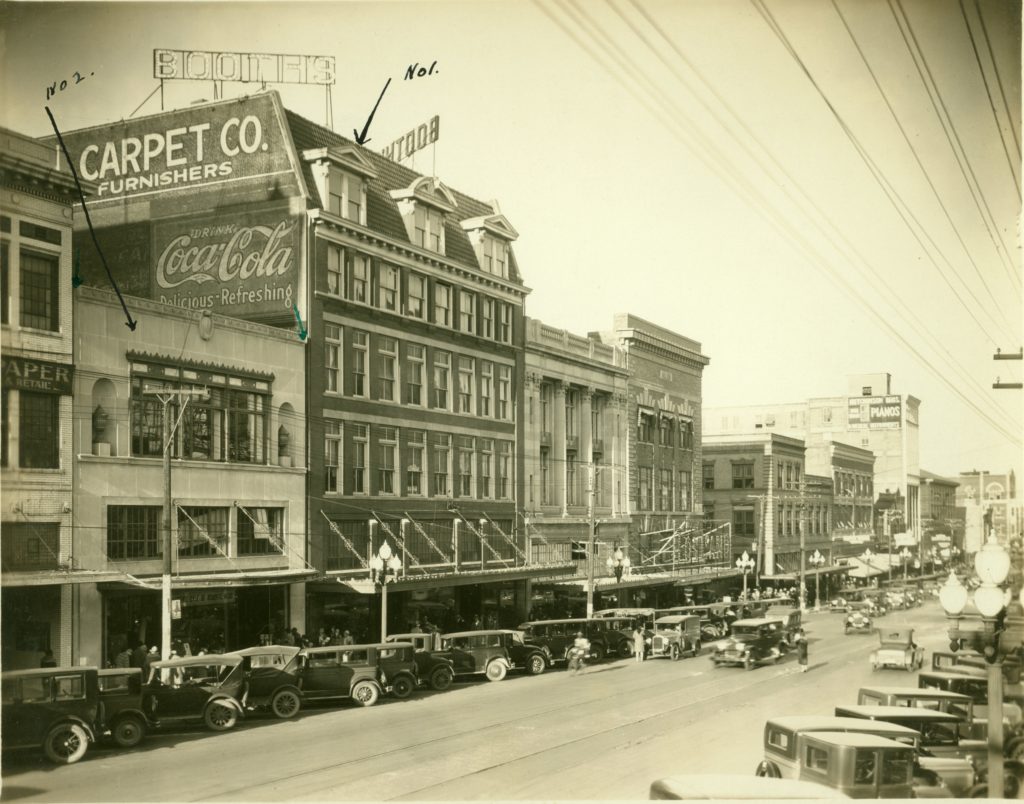
The Zodiag is the first full building on the far left.
By 1926 when the building at 616-618 Texas Street was constructed, Zodiag’s had already been a Shreveport institution for 52 years. On September 14th at 7:30 pm., the windows of the ‘new’ Zodiag’s at 616 Texas- filled with ‘Fall Merchandise to please the discriminating tastes of the ladies of Shreveport- the best dressed in this entire country’ were uncovered. Shoppers were given a full half-hour to look at the amazing items on view before the formal grand opening at 8 pm. It was a memorable evening, made all the more special by the sounds of Noel Shaw and His Louisiana Aces band. The incredibly prolific Shreveport architect Edward Neild designed this ‘modern’ building.
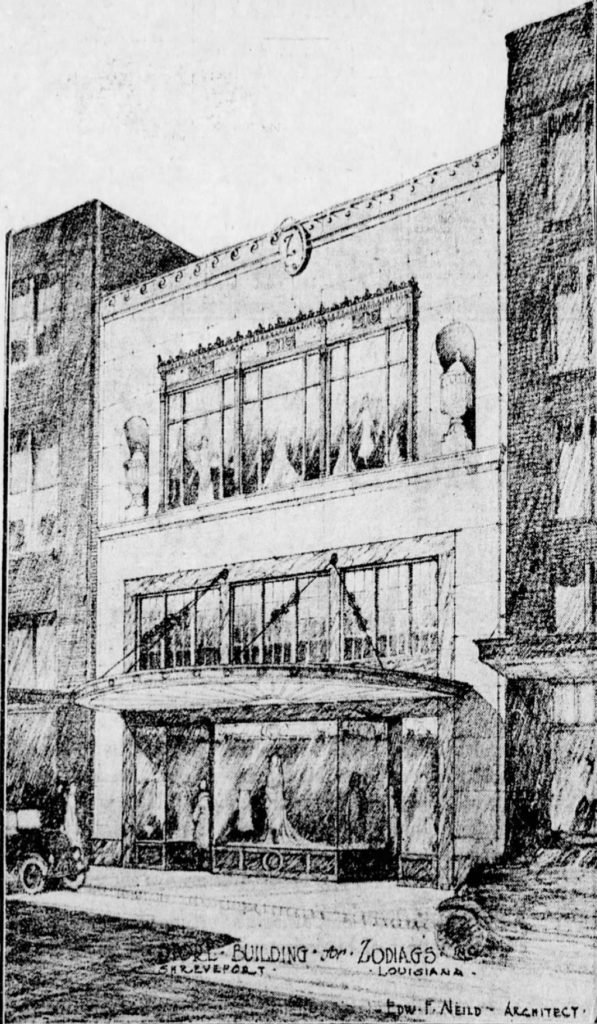
Edward Neild’s drawing of the ‘new’ Zodiag in 1926.
It was not the largest on the block- that honor went to the Feibelman’s Department Store (later Sears and now, the Lofts at 624) – but it was stylish and elegant. The Classical Revival façade featured beautiful casement windows and architectural detail that included a scroll band, fluted columns and two urns inset in niches adjacent to the upper windows. At the top center was a medallion with the letter ‘Z’ for Zodiag. Ironically, the founder of the business and the reason for the building, Herman Zodiag, did not live to see 616 Texas completed, though he had long planned for it.
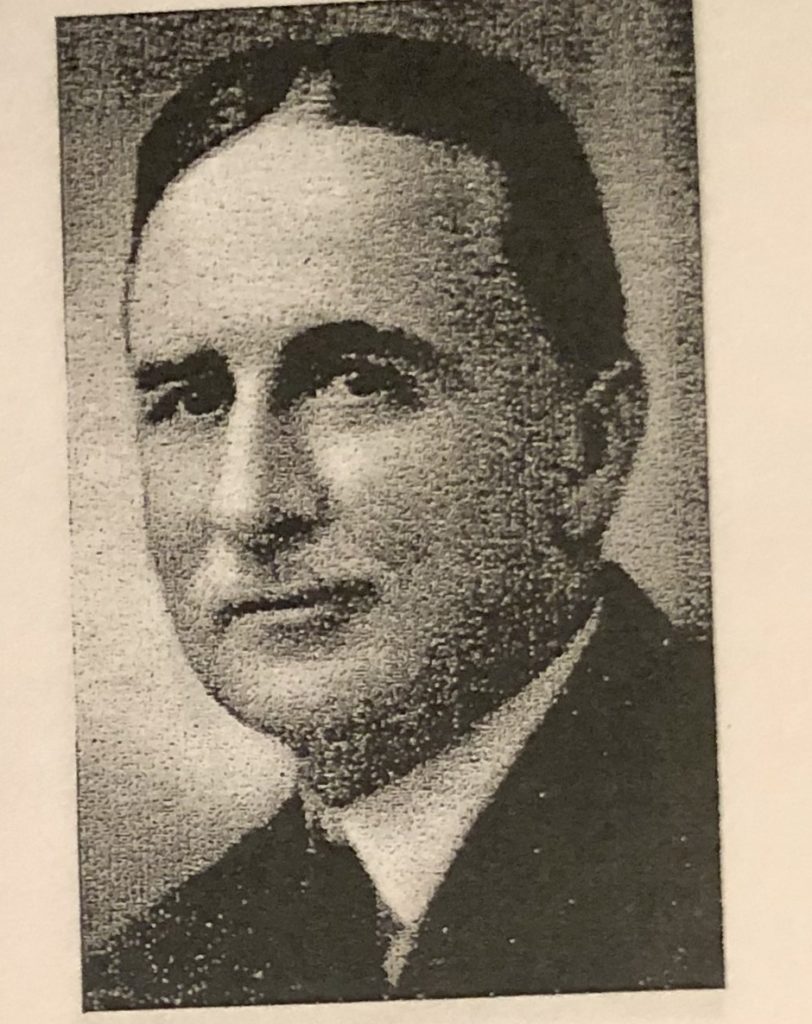
Herman Zodiag
Zodiag was an émigré from Austria, who came to Shreveport by way of Nashville, Tenn in the early 1870’s. Upon arrival, he found work at Solinsky’s Dry Goods, and there, learned his stock in trade. By 1874, at the age of 18, he used that newfound knowledge to open his own general merchandise store, Zodiag’s Palace, on Texas at Commerce Street. His store was packed with items people disembarking from steamships to begin another leg of their journey would need and reportedly could provide everything from carpets to corsets. Newspaper articles of the day say it was not unusual for women shopping there to buy a year’s worth of supplies in one outing. Employees were so busy that they worked from early in the morning until ‘late at night’ tending to customers. Zodiag was a hard-working and tenacious businessman, but one who throughout his life was described as kind, honest, fair and flamboyant who often said ‘Honest dealings make lasting friends.’
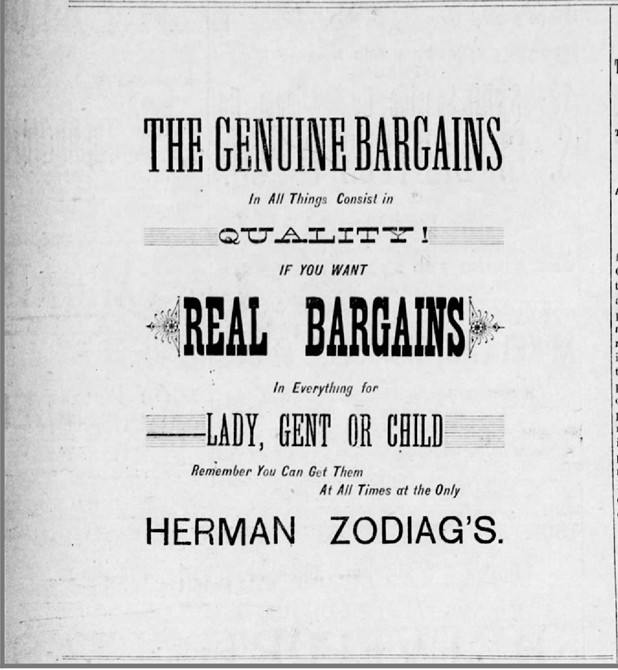
One competitor tells of Zodiag running out of calico cloth that was selling for 5 cents a yard and having to buy it from him for 6 and a half cents a yard, then turning around and selling it for 5 cents. Said the competitor, ‘if he can sell our fabric for 5 cents a yard and still make a profit, it’s time for us to get out of business!’ Zodiag, also called the ‘Merchant Prince’ was tenacious and smart, and learned everything he could about his trade. He was often said to be the most knowledgeable merchant in Shreveport about textiles and weaves. He was a strong believer in advertising and his business was the largest newspaper advertiser in the city. In 1894, Zodiag did something most of his friends warned against- he moved his popular store to the 400 block of Texas Street, along the way converting it to a primarily women’s shop. Texas Street was a muddy, unpaved trail and in 1894, the 400 block was still several streets outside of downtown Shreveport’s main business district. He was so far outside the business district that his only neighbor on the block was a down-and-out livery stable. Zodiag, though, saw the future and he knew that farther down Texas Street, downtown’s main roadway, was the place to be. He felt it so profoundly that in 1906, while still occupying the store in the 400 block of Texas, he purchased the property at 616-618 Texas Street, for his NEXT building.
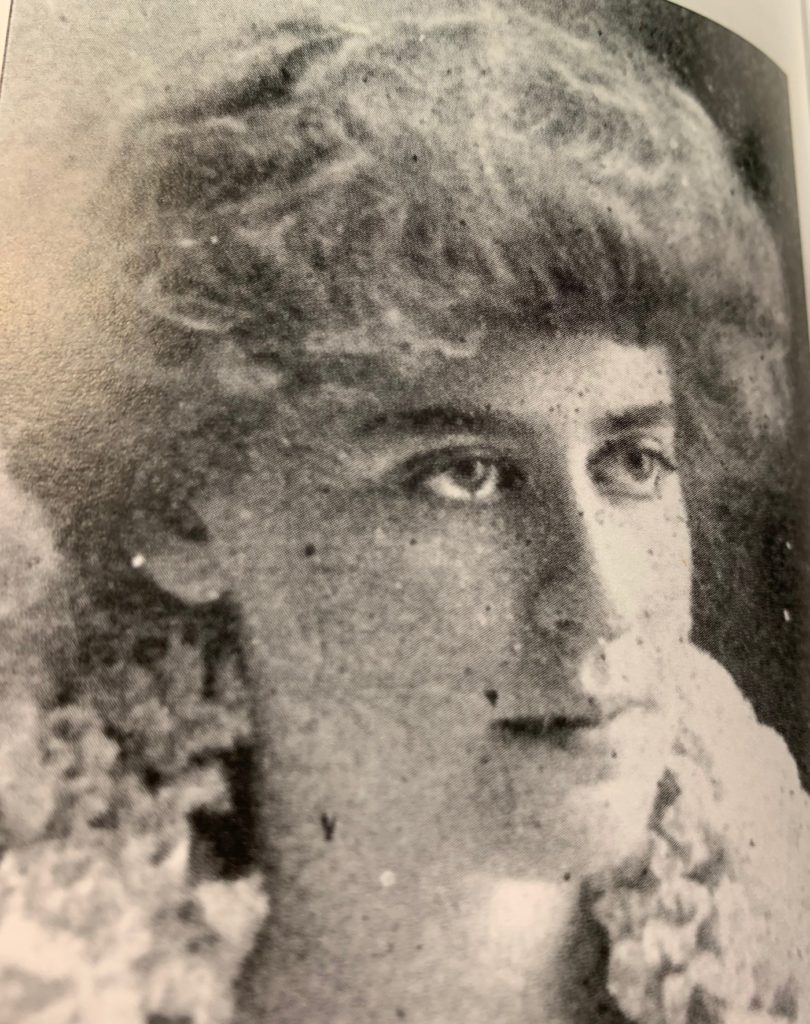
Rai, one of Herman and Rosa’s daughters.
He loved retail, but he was also a family man, devoted to his wife Rosa Sour Zodiag and daughters Sybil Zodiag and Rai, who married Dr. Edgar Friedenberg. Zodiag was also a forward-thinker, and in 1888, formed the Shreveport Railways Company with the goal of electrifying the then- mule powered trolleys. In 1890, the new electric system started running on the streets of Shreveport, predating the electric trolley system in New Orleans by three years. 35.2 miles of track and nine major lines ran with electric trolleys until trackless trolleys made their debut in the early 1920s. 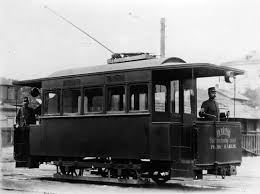
Family, community, his Jewish faith, and other business interests played a strong role in his life, but his retail business remained important until his death, and he still managed every facet of it. In 1921 at the age of 67, Zodiag had a heart attack while on a buying trip to New York City. His daughters were able to make it to his bedside to see him one last time; he was buried in New York City.
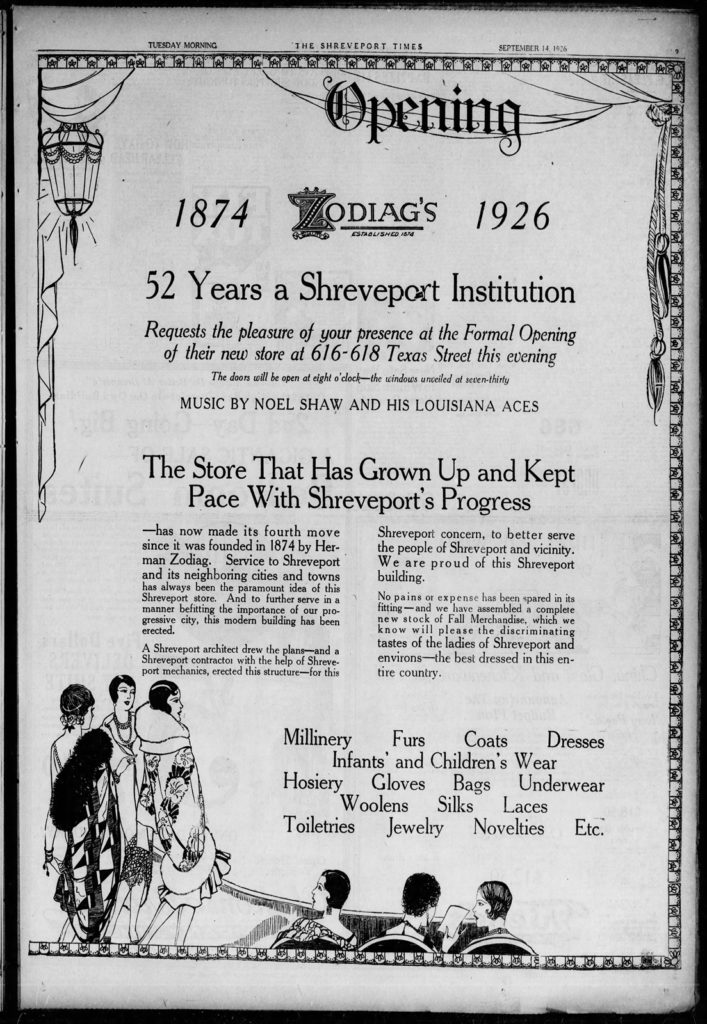
His business remained open and his family followed through with his wishes, and in 1926, built and opened the last of the downtown buildings to bear his name. By then, you could shop at a Zodiag’s in Monroe, Minden, New Orleans, or Marshall, Tex. Zodiag’s stayed open in downtown Shreveport until the late 1920’s. By 1933, the building housed a Lerner’s, Baker’s Shoe Store and Mitzi’s Hat Shop.
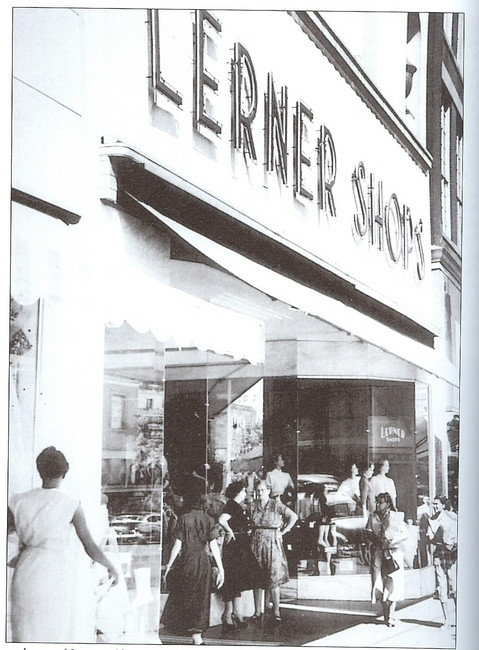
By the mid-1950’s, the bottom façade of the building had been modified to add deep display windows. The interior mezzanine was gone, and the building had become a traditional two-story. By the 1970’s, the building had gone much the way of the rest of downtown, becoming a wig shop, a low-price fashion store and then, vacant. It looked as if the palace that Zodiag built was doomed to demolition; much like the three-story building adjacent to it that was already on the city’s demolition list.
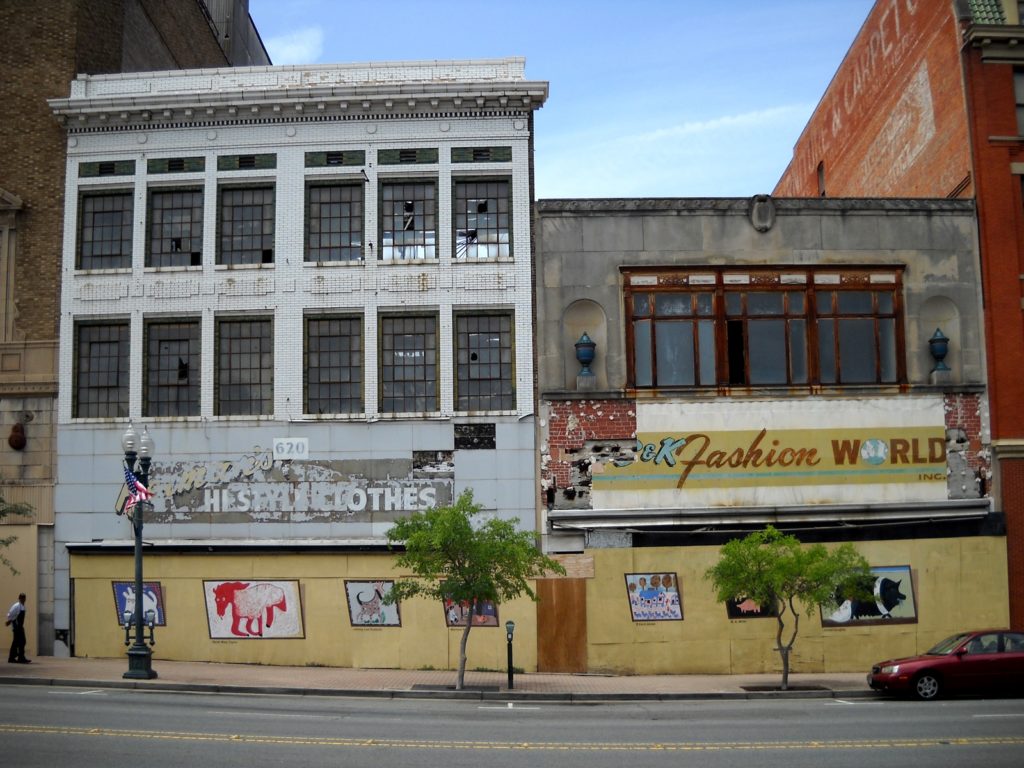
A sad time for downtown.
That was – happily- not to be. The buildings, along with the former Sear’s building on the corner, were saved, rehabbed and made beautiful again by New Orleans developer Roland von Kurnatwoski, who saw the possibilities in the sad and poorly maintained historic structures. Reinvigorated, the buildings now house retail spaces, a popular coffee shop, apartments and offices. There is still opportunity in the house of Zodiag; space there and in the three-story next door is currently for rent. “Shreveport has always been my city of great hopes,” said Zodiag. His legacy- and his building- remain to give hope to others.
